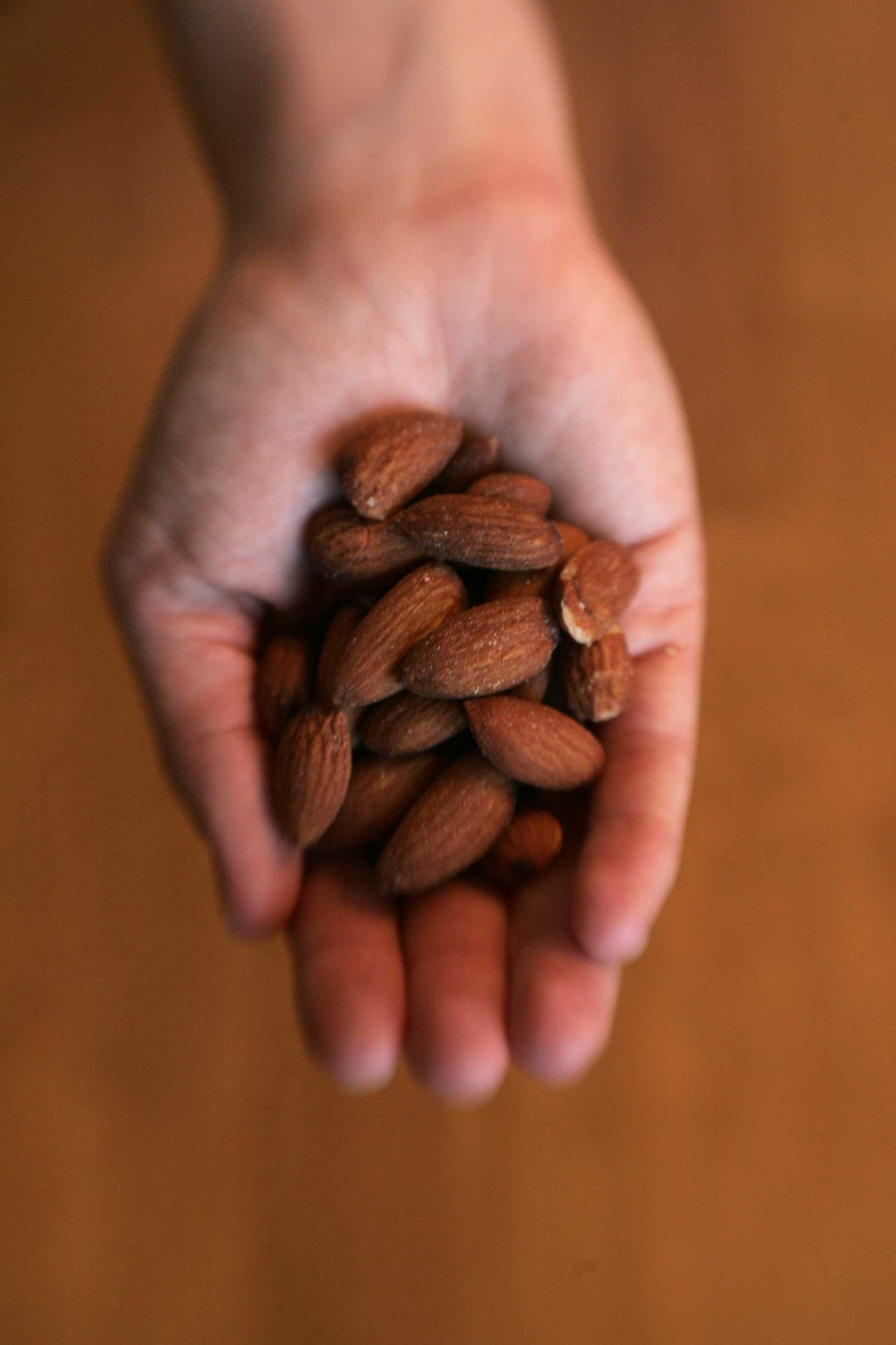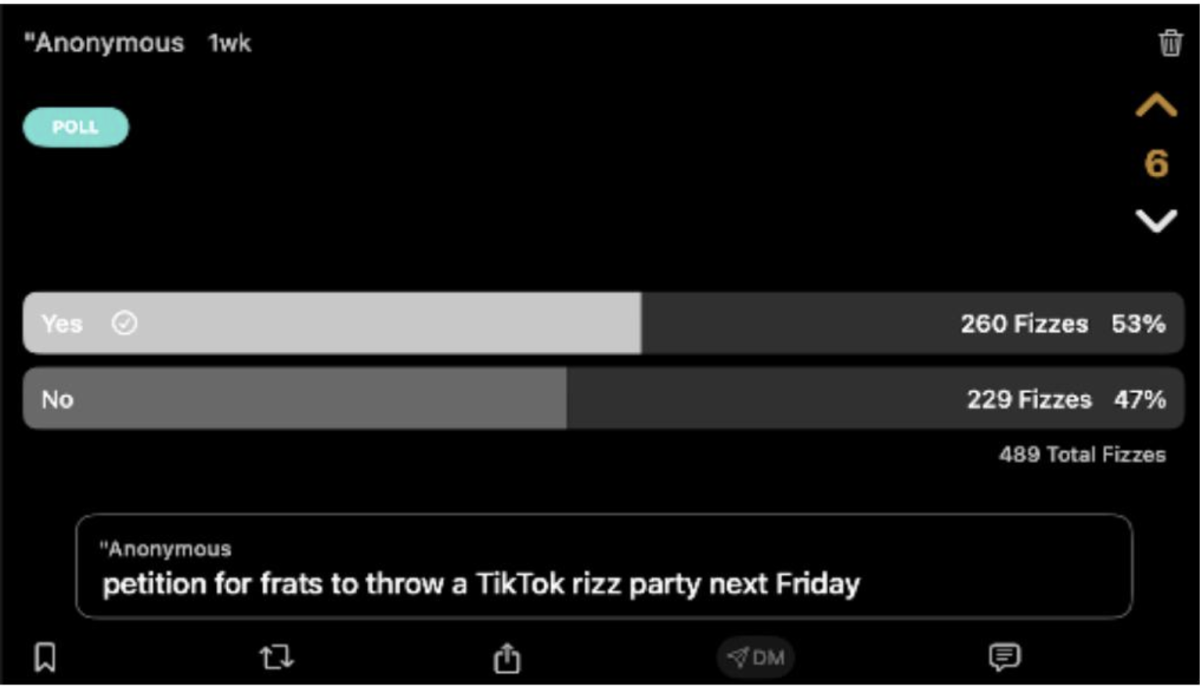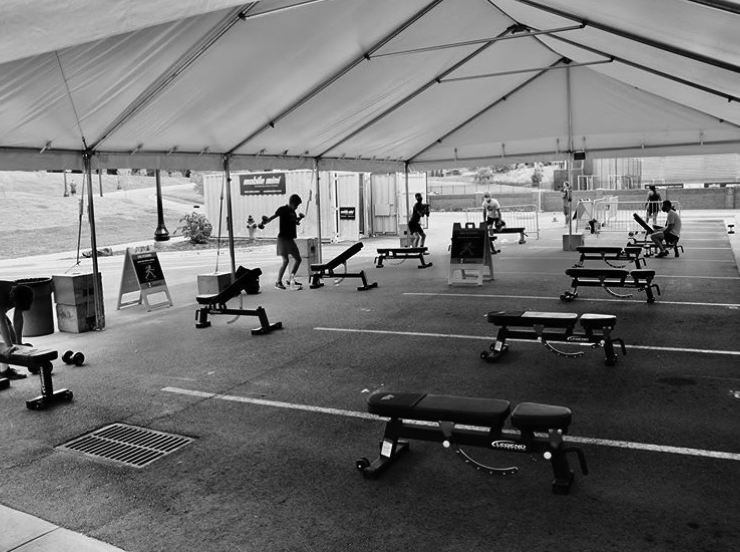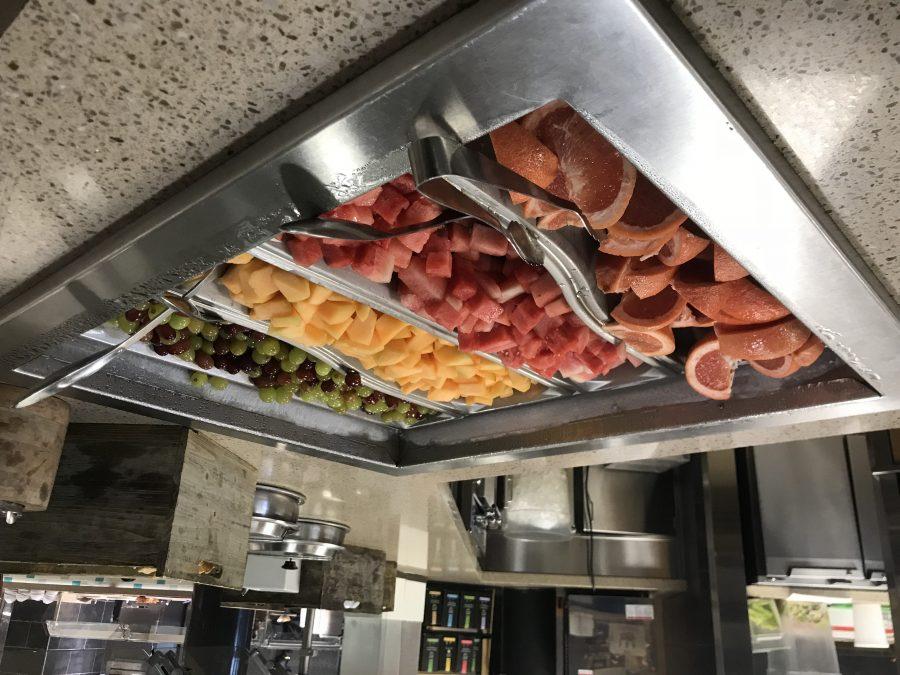Calorie counting is a calculated method that can work well for those who are trying to lose weight.
However, what works for some people does not always work for all, and the nutrients from the types of foods you consume matter more than the calorie count.
In an article by Precision Nutrition, portion control is explained as an effective and healthy way to be conscious about the type and amounts of food you eat.
They offer an easy instructive and pictorial guide for understanding portion controls for different foods.
It all begins with your hand. Your hand, your palm, your cupped hand and your thumb can help guide you toward portions that are right for you while saving the stress and obsessive nature that comes with calorie counting.
The issues with calorie counting have to do with the amount of effort, resources and planning necessary just to eat your food. It is also difficult to know what the calorie estimates for your body are based on averages and standards.
Many apps that track your calories can be off by about 25 percent due to incorrect labeling, laboratory measurement error and food quality. It is also difficult to estimate the amount of calories you expend during your day.
So if there are errors in calculating intake and expenditure of calories based on smartphone apps or other similar resources, why ruin what is supposed to be nourishing and social tradition?
What is nice about these apps is that they can act as a food diary. Tracking the foods you eat throughout the day can help give explanations for certain allergies or illnesses. You can learn if you feel better from not eating gluten or dairy for a week by keeping track of your foods.
Whatever your goals, food tracking and calorie counting to see what on average you consume and how you consume is important to know, but it can be a miserable feat for the long term.
Many dieticians support the notion that gauging food portions using your hand can be easier and in the end less stressful than calorie counting.
Your palm determines your protein portions, your fist determines your vegetable portions, your cupped hand determines carbohydrate portions and your thumb determines fat portions.
It is recommended that men use two palm-sized portions for protein-dense foods for each meal. These foods include meat, fish, eggs, dairy or beans.
For women, it is recommended to use one palm. To determine the thickness of the protein-dense foods, use your palm’s diameter.
For vegetables, follow the same instructions as proteins for men and women but us your fist for size and height.
For carbohydrate-dense foods, it is recommended for men to use two cupped hand sized portions for grains, starches or fruits.
For women, it is recommended to use one. Following along this pattern of 2:1 for men:women, the recommended fat-dense food portions for oils, butters, nut butters and nuts/seeds is to use your entire thumb to determine serving size.
There are clear discrepancies with this tactic such as body size and planning the amount of meals to eat per day, but the idea is simple.
The guide sets a starting point to test how your body will react to changes in portion.
The great benefit of portion control is that it allows for flexibility and serves as a reference to apply to all food groups.
The downside to calorie counting is you restrict yourself to a daily amount, which can include foods that are not nutritious such as diet sodas or artificial sweeteners.
If it seems feasible and you’re looking for change in how you “diet”, you should try out this guide for a day this week or month.













